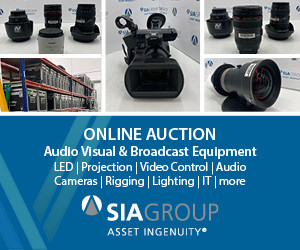Cloud STB with Bob Pank
It’s like trying to get to Heathrow in time for your flight. Many of us have to go there by road and the journey will involve travelling on the UK’s busiest motorways. Even outside rush hour the journey may be quick, or not so quick or a real nightmare. This is a bit like live streaming video on the Internet. Yes, we’ve probably all used at least o...


















